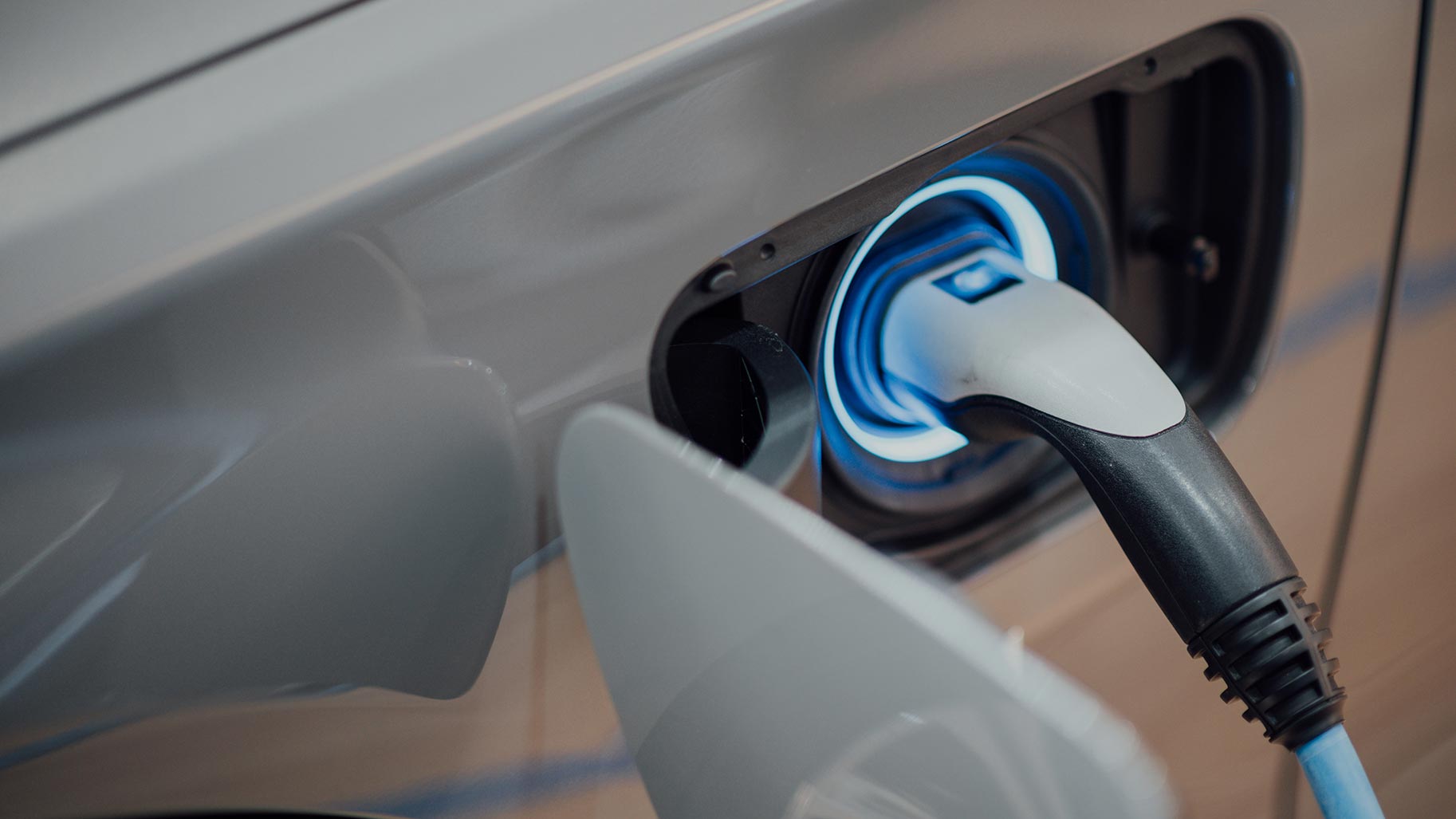
Joint research into quantum computing
The recently strengthened scientific and technological partnership between Inria and EDF R&D, has already given rise to highly promising innovations, particularly in imaging technology and cyber-security. The latest focus is on research into quantum computing and more specifically its use in new smart charging systems for the transport sector.
EDF R&D and the Mocqua project team form one of the main industrial/academic partnerships taking part in the NEASQC European research project, which should be completed by 2024. The project has been funded since September 2020 via the Horizon 2020 programme.
New industrial applications for quantum computing
What is the European project, NEASQC (Next Applications of Quantum Computing), initiated and coordinated by Eviden (ex-Atos), the Atos division which specialises in digital, cloud, big data and security? ‘NEASQC is pronounced “NISQ”, as a nod to a well-known computing term, “noisy intermediate scale quantum”, which refers to the intermediate-size quantum circuits soon to be available’, says Emmanuel Jeandel, a professor at Université de Lorraine, member of the Mocqua project team devoted fully to emerging calculation models, in particular for quantum computing.
As its acronym indicates, the aim of NEASQC is to ‘develop industrial applications with quantum computing’, explains Cyril Allouche, Vice-President of Quantum Computing and Innovation for Eviden’s R&D branch, who launched his own quantum research & development laboratory in 2016. With the help of Eviden, the project also hopes to create ‘a community devoted to the industrial applications of quantum computing’, develop ‘quantum programming tools’ and set up ‘open-source quantum programming libraries for industrial applications’. The programs in this library are written for the quantum platform myQLM, developed in Python and made freely available by Eviden. ‘The QLM (Quantum Learning Machine) environment enables us to simulate reasonably-sized quantum machines in supercomputers’, Emmanuel Jeandel adds.
Addressing the challenges of smart charging
In order to implement new management systems for vehicle charging, which are highly complex but eagerly awaited by electric mobility players, Mocqua and EDF researchers are currently studying the potential of quantum computing systems, as smart charging problems are too complex to be modelled in reasonable times by ‘standard’ computing, even with the help of supercomputers.
Among the industrial challenges to be met is ‘the routing of electric vehicles towards charging terminals’, Joseph Mikael, head of the quantum computing and technology project at EDF R&D, points out. ‘There’s also the optimization of charging-discharging cycles in vehicle according to demand and price, and the "Vehicle 2 Grid", which consists in using these batteries-on-wheels as an energy reserve for peak times thus representing a real opportunity for the electric system.’
Combinatorial algorithms for quantum machines
A CIFRE thesis (Industrial Agreement for Training by Research), undertaken in this line of research and presented by the researcher Margarita Veshchezerova in December 2022, led to some significant breakthroughs for EDF R&D and Mocqua in the design of algorithms to tackle optimization issues in energy management. ‘Margarita Veshchezerova’s thesis explored the use of a hybrid algorithm known as Quantum Approximate Optimization Algorithm (or QAOA) to resolve smart charging issues’, says Emmanuel Jeandel, who co-supervised this thesis. ‘This algorithm helps solve combinatorial optimization problems [seeking the best solution among a wide range of options] and scheduling issues [the quest to find the best temporal organisation possible for a set of tasks].’
Here’s an example of a problem which could be solved: ‘You want to charge 5 electric vehicles, each requiring a certain charging time, using two different charging terminals. The aim will be to find the best way to use all the resources available and optimise the total fleet charging time’, explains Emmanuel Jeandel. ‘To model industrial constraints, you need to define priority criteria (the deadline for charging the vehicle, or its possible priority vehicle status, etc.). We then define a schedule, i.e. the order in which each vehicle will be charged to comply with the defined priorities.’
Verbatim
EDF’s R&D (1,800 researchers), one of the largest private R&D labs in Europe, serves the Group’s goal to build a future of carbon-neutral energy. We develop and maintain cutting-edge computing codes over which EDF must have strict control and thus purchase and operate high-performance computing systems. For this research as part of the European NEASQC project, we launched a CIFRE thesis, co-supervised by our colleagues on the Mocqua team. It has been a productive partnership. In addition to data, we have provided sector expertise and knowledge in ‘standard’ combinatorial optimization subjects, while Mocqua researchers in turn have provided considerable expertise on the quantum side.
Head of the quantum computing and technology project at EDF R&D
Open-source software
The quantum algorithms thus designed can tackle more rapidly several problems with intermediate quantum circuits such as NISQ, which are exposed to a certain number of errors ‘due to the physics of quantum systems’, Emmanuel Jeandel adds. The team is therefore preparing for the emergence of more efficient quantum systems in the years to come.
In addition to Margarita Veshchezerova’s thesis, several researchers have co-written scientific articles (on free access) in the last two years on quantum computing for the charging system and on ‘ZX-calculus, a quantum circuit representation technology’, Emmanuel Jeandel points out. Mocqua researchers and EDF R&D will also provide the scientific community with a quantum computing software programme next year. This will be published on open source, in keeping with the commitments undertaken as part of the NEASCQ project.
The 11 participants in the NEASQC project
- Five industrial partners in Europe: AstraZeneca, Eviden, HQS Quantum Simulations, HSBC and TotalEnergies.
- Six academic partners: Université de Lorraine, ICHEC in Ireland, Tilde in Latvia, Leyde University in the Netherlands, CESGA and the University of A Coruña in Spain.
Find out more
- QuantumTech@Inria, developing quantum computing through scientific excellence Inria, 13/09/2021
- Who are the main players in the world of quantum computing? Inria, 16/12/2020